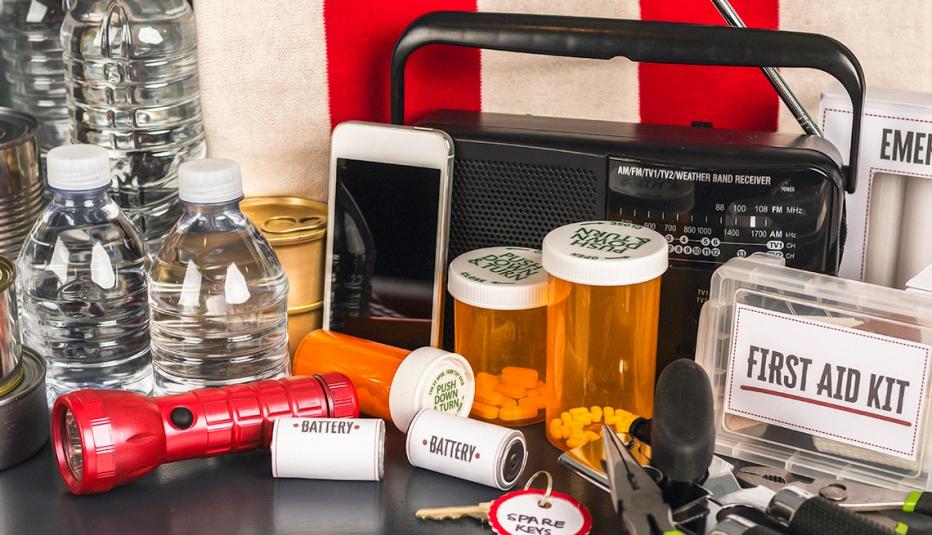AARP Hearing Center
While a majority of older adults age 50-plus believe they are prepared for a disaster emergency, a recent online survey suggests a gap between their perceptions and actual readiness. While 59% of older adults express confidence in their ability to navigate a natural disaster emergency, a majority of older adults have not taken steps to ensure they receive information during a disaster and are more likely to be unprepared if a disaster strikes.
Less than one-third (29%) of those surveyed have created a comprehensive emergency plan for natural disasters, and just one in 10 have embraced modern tools such as disaster-related apps or text notifications from official national disaster resource agencies.


Many are aware of national disaster preparedness resources. Federal Emergency Management Agency or FEMA (89%), the American Red Cross (86%), and the Salvation Army (72%) are familiar to most. At the local level, television remains a prime source of information, with 61% awareness. State resources are recognized by half of the respondents (50%). Unfortunately, despite high awareness, the utilization rate is low. A mere 10% have sought information from national disaster organizations, such as by downloading their apps or subscribing to text alerts.
Social media is a significant information source, with 53% of those with social media accounts following local news outlets or TV channels. However, state and national resources remain underutilized, with only 12% following their state government, and fewer than 10% following national organizations like FEMA, the American Red Cross, or the Salvation Army.
Maintaining charged devices is crucial during emergencies. A substantial 78% own a charger they can use in a car, but fewer than half (43%) have an emergency portable charger. Just 29% own a backup generator.
While having physical documents is common, digital storage ensures accessibility from anywhere. Yet more than half (56%) have no important documents saved digitally. One in three (31%) have digitally saved their drivers license, 28% their health insurance, and 19% their housing policy.
Most older adults (64%) have had the foresight to stock extra prescription medications, but a sizable 33% have not taken this precaution.
As for pets, the furry family members, GPS technology such as microchipping or GPS collars can be a lifesaver. Yet, 53% of older pet owners have not invested in these devices.
While older adults may feel prepared for a natural disaster emergency, technology could help them better prepare for and stay informed during an emergency. Engaging with the available resources and leveraging technology can be key steps in ensuring personal safety and well-being during emergencies.
Methodology
The nationally representative survey of 1,012 U.S. adults ages 50-plus was conducted by AARP Research July 20-24, 2023 using NORC's Foresight 50+ Panel. Data were weighted to the latest Current Population Survey (CPS) benchmarks developed by the U.S. Census Bureau and are balanced by gender, age, education, race/ethnicity, and region to reflect the U.S. population of adults ages 50 and over.
For more information, please contact Brittne Kakulla at bkakulla@aarp.org. For media inquiries, please contact External Relations at media@aarp.org.































.jpg?crop=true&anchor=13,195&q=80&color=ffffffff&u=lywnjt&w=2008&h=1154)






























